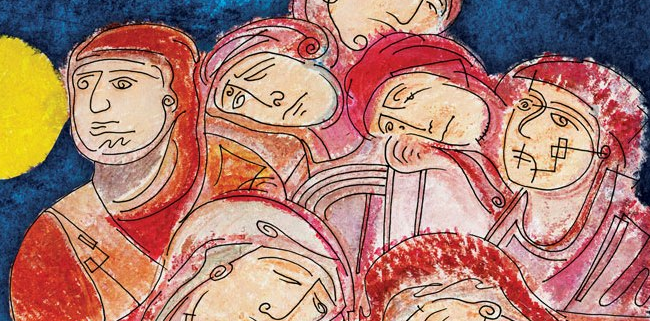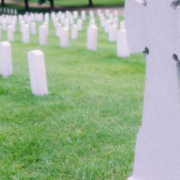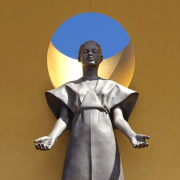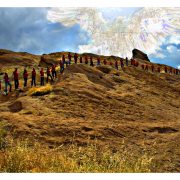Genocide: Then there were two, three and four…
Armodoxy for Today: And then there were two, three and four
In 2006 I had a chance to visit Rwanda with a small group of educators from the University of Southern California. It was a decade after a genocide ravaged the country and claimed 800,000 people in the course of 100 days.
It was an important trip for me to take. I grew up hearing the stories of genocidal crimes told to me by my grandparents. The more I heard, the more I read, the more I wanted to know how such a violent and heinous crime could be committed so overtly, especially in the modern world, where understanding seemed to be common goal of our world. I figured, by going to Rwanda, ten years after the Rwanda Genocide, might be like going to Armenia ten years after the Genocide I had heard so much about. Rwanda 2006 was my Armenia 1927.
What I found was more than I could have asked for. Not only the answers to my questions, but also I found an answer to the meaning of the Armenian Genocide for me as a person living 100 years after the event.
The stories of the Rwandans were remarkably similar to the stories that I heard from my grandparents. Police coming in the night, taking away and slaughtering the men, raping the women, killing of children, blatant exhibitions of cruelty and killing, without hints of remorse. Armenians referred to the Euphrates River as the Red Euphrates while Rwandans referred to Nile as the Red Nile because of the all the blood and bodies that were flowing through the rivers. Rwanda made me color blind, because the only difference between myself and my story and the Rwandan story was the color of our skins. And that is not a difference. In the stories you realize that our pain is our commonality. We are all children of the same God.
In Rwanda, I found myself in a rather unique position of straddling, so to speak, the first and last genocides of the 20th Century. There is a museum dedicated to genocide in the capital city. In it is a permanent exhibit dedicated to the Armenian Genocide, as there are exhibits to all the genocide of 20th century.
The Armenian Genocide is the “granddaddy” of them all. Sadly and tragically, Genocides continued in Germany, Ethiopia, Bosnia, Cambodia and even into the 21st Century in Darfur. The Armenian story has a special place and meaning for the world, and as a successor to the Armenian Genocide survivors the responsibility is mine. If I am going to refer to the Armenian Genocide as the first, then I have a responsibility to be the first to call out, the point to, to actively protest and work for understanding that leads to peace. In other words, just as the case is in Christianity, faith implies actions. You cannot mourn a genocide without actively fighting against one.
April 24 is a date to renew a vow to work for peace, through understanding, vigilance and love toward all of humanity.
The Armenian Church’s prayer for the day is, Christ, who crowns the saints, willingly take those who are in awe of you and look with love and sweetness on your creation. With Your holiness hear us, by the intercession of the Holy Asdvadzadzin and the supplications of all your saints, especially the holy martyrs of the Armenian Genocide who were martyred for Faith and the homeland. Hear us and have mercy. Amen.
Links to explore:
Action Plan: Leveraging Love
Cover Artwork: Gregory Beylerian, 2015

 2015 Gregory Beylerian
2015 Gregory Beylerian






 2023 Epostle.net
2023 Epostle.net
Leave a Reply
Want to join the discussion?Feel free to contribute!